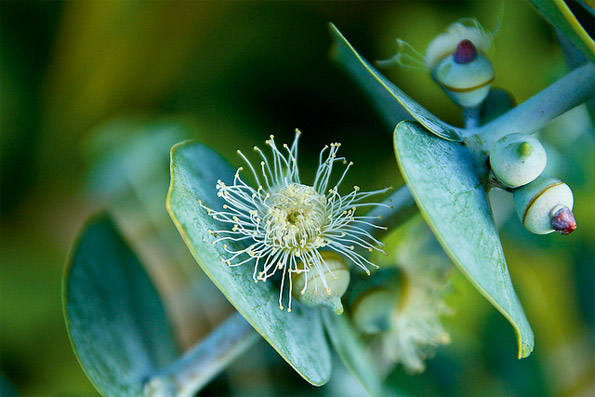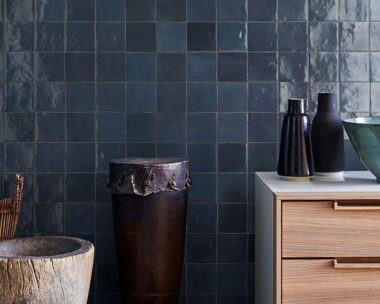The Partner and I have been busy planting a garden for someone who wants an instant result. Plenty of big plants, close together, and now.
It’s a fabulous way to make a garden because you get to see exactly how it will look, virtually from the day you plant it.
But ironically, I’ve had some difficulty switching into this mode, having been rigorously trained out of it by The Partner.
“Forward planning, followed by restraint,” he counselled ominously when he first arrived in my life and my garden.
Neither of these had ever been my strong point, in addition to which I previously followed a regime of planting anything I could afford in bulk just to get the ground covered.
So, in the interests of saving money, time and energy, he instilled in me the following valuable lessons:
1 If you have a large space to fill, make a drawing of the area and divide it into several small spaces. After all,
a huge garden is really just a lot of small gardens linked together.
2 Make a considered decision about whether you prefer to wait a season or two for plants to grow and fill the space, or to pack plants in and then take some out when it gets too crowded.
3 Don’t buy dozens of different plants for the same area. The result could be visually irritating. Limit yourself to a restricted palette and choose varieties that will work well together, both at the outset and when they’re mature. (I’m still full of shame over planting a magnolia under a gang of bangalow palms. What was I thinking?)
4 Leave gaps. A break in the foliage can be used to direct the eye to a water feature, a wall or a seat – much more interesting than wall-to-wall green. If, at a later time, it seems the wrong spot for a focal point, you can fill it with a new plant.
5 Don’t be afraid of bare soil. Cover it with mulch and comfort yourself with the idea that you can add a plant a week. Your choices will likely be all the better for having lived with each one for a few days before adding the next.
6 Don’t be seduced by anything that has “fast growing” on its label. Like me, you may end up with a 9m paulownia that drops leaves so big you can’t find the car.
7 Make time for projects you can complete in less than four hours. The trick to getting satisfaction out of small jobs is to take them to the finishing stage, which includes planting, painting and tidying up. And you should still have energy left to hold a glass of wine while admiring your work.
LOVELY LIMES
If you’ve never had a gin and tonic with a squeeze of fresh lime, a margarita with lime and salt, or a cold beer with a lime quarter squashed down its neck, you probably don’t have a lime tree. Best you get one, then.
I can never understand why limes are so highly prized (and highly priced) when they’re so easy to grow.

Needing little more than sun, well-drained soil and feeding, the Tahitian lime provides great flowers and fruit
Ours are Tahitian limes and they produce gorgeous, fragrant white flowers, mainly in the spring – although ours seem to have a random schedule – followed, also randomly, by heavily scented green fruit that turns yellow as it ripens. Tahitian limes do well in subtropical areas, but there are other kinds that suit different environments.
The appealingly named Bearss are marketed as being hardier to cold than the Tahitian limes, very reliable in their fruit set and heavy croppers.
The fruit is good-looking, thin-skinned, virtually seedless and borne on young trees just two or three years old. Co-operative to a fault, they crop from June until August, in November and again in February-March.
Another relatively new kid on the block is Kusaie lime, which has a particularly intense flavour. It’s said to be the most cold-resistant of our limes, and produces a main crop in summer and more throughout the year.
For a healthy lime tree, choose a warm, sheltered spot with well-drained, friable soil. Either protect it with frost cloth when young, or plant it in a container and get it into shelter when it’s frosty.
Feed it lots – most citrus are very greedy. Add a slow-release fertiliser when you plant it, and feed monthly during the growing season. Chook manure is excellent. Keep potassium and magnesium levels up. Plant one of each variety and you could be sloshing back gin and tonics all year round.
NEW BABY BLUE
A man came recently to fell the 30m gumtree that has stood on our boundary for decades. From the time he first examined it and pronounced it likely to fall on the house, I have been in turmoil. Despite a midnight phone call trying to cancel the operation, common sense and The Partner prevailed, and the gum is lying on its side waiting to be made into firewood. I cry every time I see it.

On the bright side, it has sent me searching for a smaller gum with which to replace it, and I have discovered one with the whimsical and possibly inaccurate name of “Baby Blue”. It’s a small-growing gum with blue-grey leaves, and the foliage is often used in floral work. Yellow-tipped white flowers appear from September until November. It’s hardy, and I’m liking it already.




